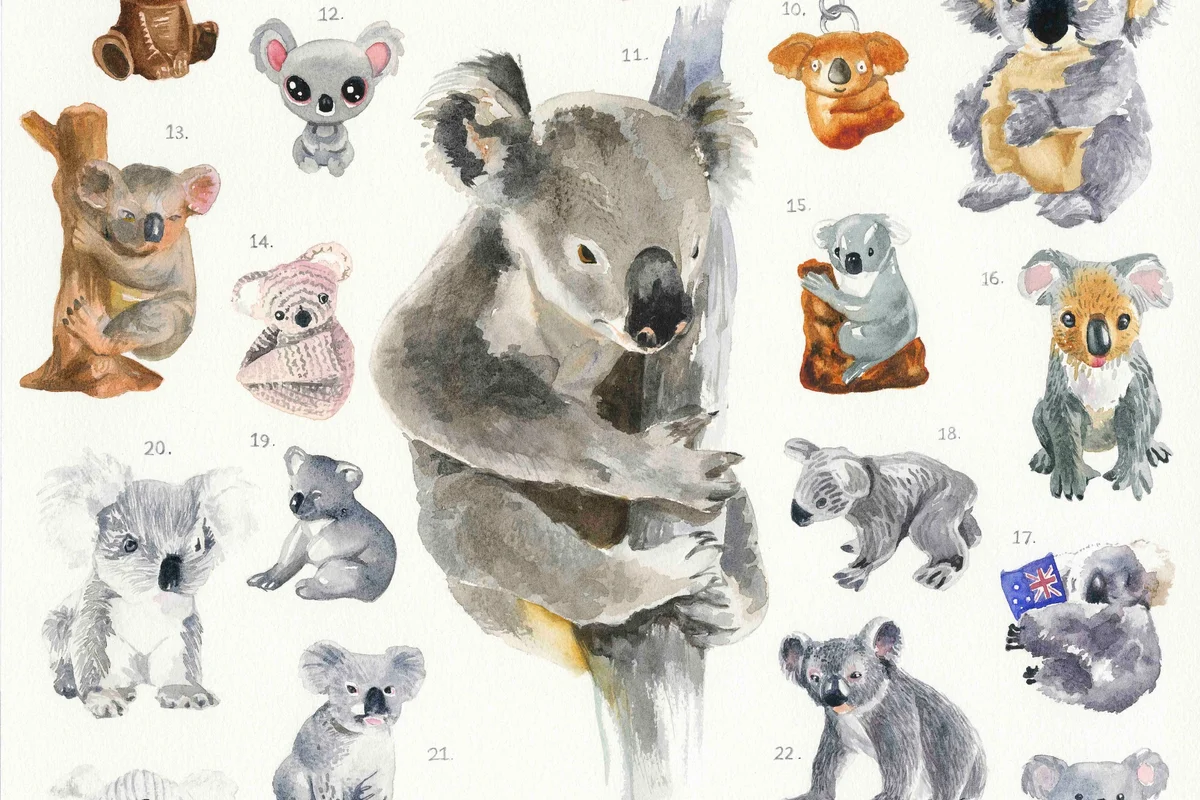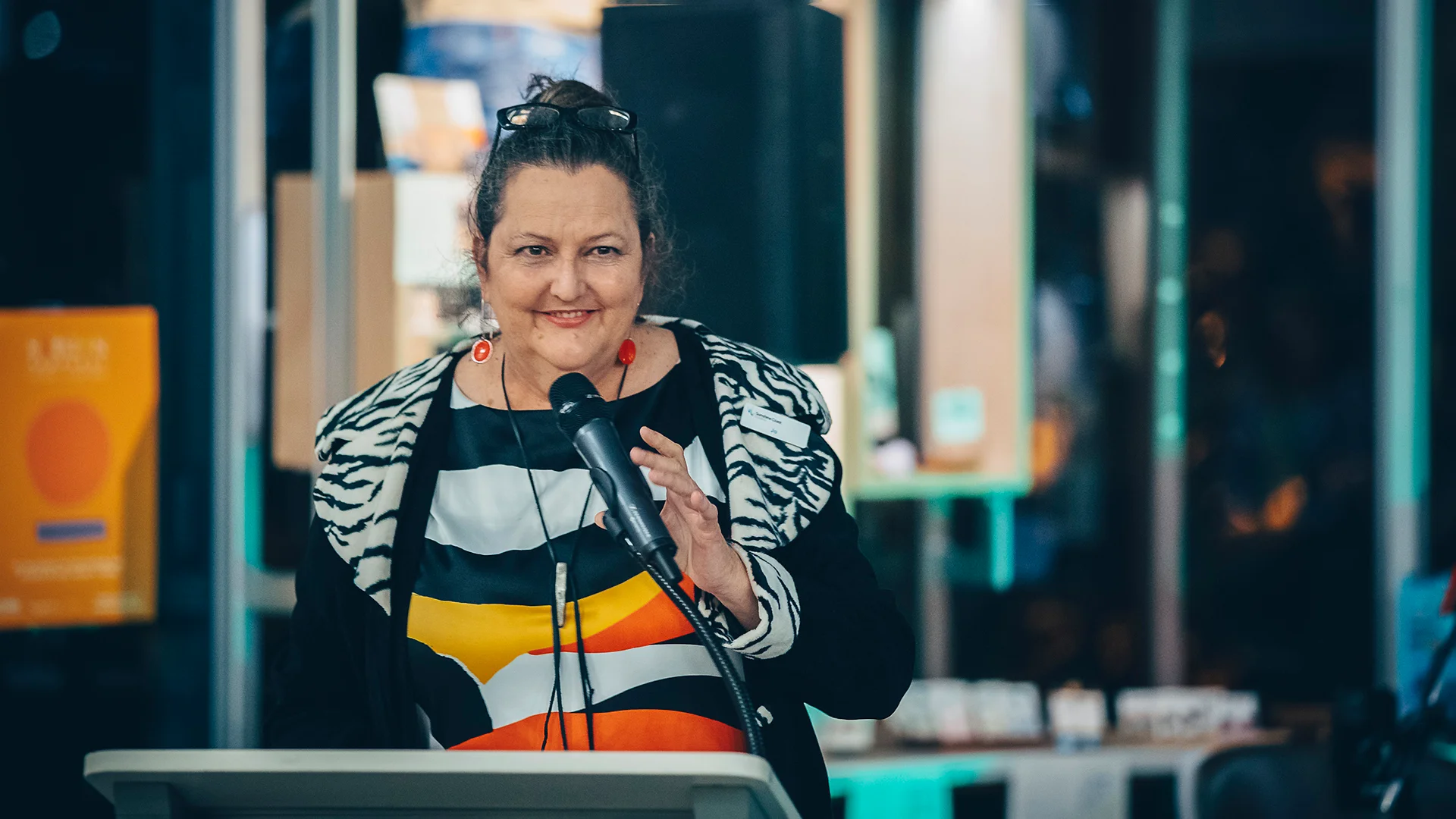From the Director - December 2024
Plushies, souvenirs and taxidermy - do we treat our wildlife as objects?

Hello Everyone,
We're very excited to launch two new exhibitions - Deb Mostert's Nature and Culture - animal as object, and Highlighting the Collection, featuring recently donated works from Wendy McGrath-Lakeland. If you'd like to join us at the launch, tickets are still available. We also have artist talks coming up, with both Deb Mostert and Wendy McGrath-Lakeland.
But now, let's take a closer look at Nature and Culture...
I've known Deb Mostert for quite a while. When I worked at Gladstone Regional Art Gallery, we had a small display of her sculptural works. She was talking about wading birds and environmental issues. I thought then that her practice was really interesting, so I've been keeping an eye on her work.
She's a fantastic watercolourist, and for the last five or so years she's been going to the Queensland Museum to work amongst their taxidermy collection. Thanks to this opportunity, she's been able to get up close to these extraordinary animals and paint them. Her watercolours are pristine documentations of these animals. But the thing about Deb's work is that she's then subverted these nature studies to show how we commodify these animals in everyday life.
Deb Mostert's sketches from the Queensland Museum
Deb has painted the blue whale, the king of the sea, in a realistic style but then she shows, through painting, how we have transformed it down into a plush toy. We love these animals, because they're amazing, but then we create objects to celebrate them. We then love the object for a time, before throwing it away. And we forget how many of these animals are endangered, especially our natives that only exist here in Australia. So there's this uneasiness to the relationship, which Deb examines in this exhibition.
Deb also looks at the idea of collecting. Many artists are borderline hoarders, in a way. Their studios are full of objects that they use as source material. And Deb has an extensive collection herself, including fascinating species charts from the 1940s. She uses these as a reference for her work, creating her own watercolour charts that start with the original animal and follow the journey of commodification to where they end up as plastic animals or plushies etc.
Deb Mostert in her studio. Photos by Thomas Oliver.
It got me thinking about my own collections, so I went to my daughter's room and she has about ten plush versions of animals that exist in the wild. Wildlife HQ is one of our favourite zoos, and they have African wild dogs there. So we have a plush toy of that, and a koala plushie and others. It made me realise we do it as well. We want to create this love of animals in our children, but what we create is the love of plush toys. So it's a really interesting concern that Deb raises, but she does it in a beautiful way with her art.
Alongside Deb's work, we have taxidermy animals on display, loaned from the Queensland Museum. That means you can see the animals themselves, in all their detail. There's a tawny frogmouth owl, a wallaby, a platypus; all pieces that have been in the collection for a long time. It's fascinating to compare them with Deb's artworks.
As for the kids, we have a kind of wunderkammer of stuffed animal toys set up in the Artroom. And we have table easels set up so they can sketch the animals and think about what they look like in the wild. That way, they can participate in the exhibition and think about our environment and all the extraordinary animals that need to be protected.
In next month's From the Director, Nina Shadforth (Senior Curator, Collections) will step in to share her insights into Wendy McGrath-Lakeland's donations to the Collection, so stay tuned.
Look forward to seeing you in the gallery…
Jo Duke
Director

Jo Duke | Photo by ben vos productions